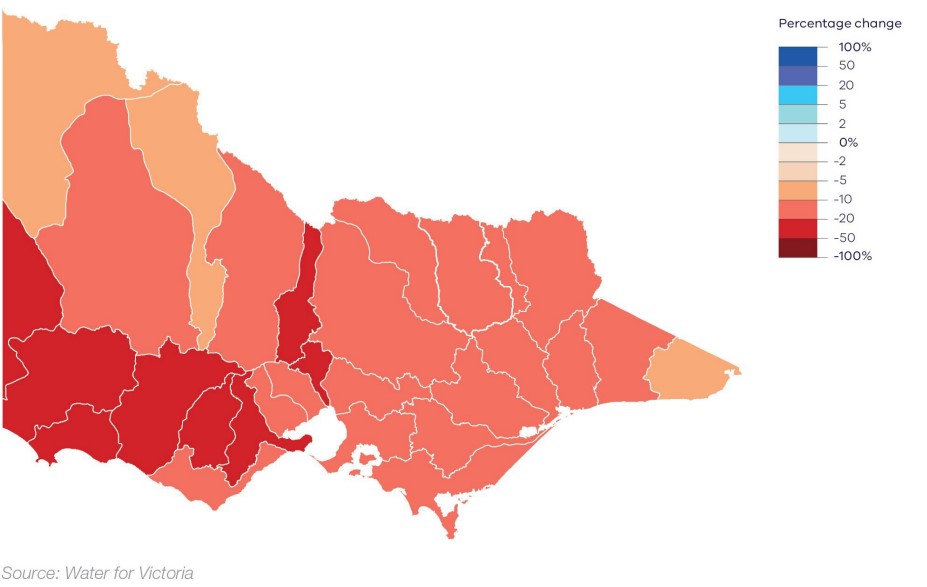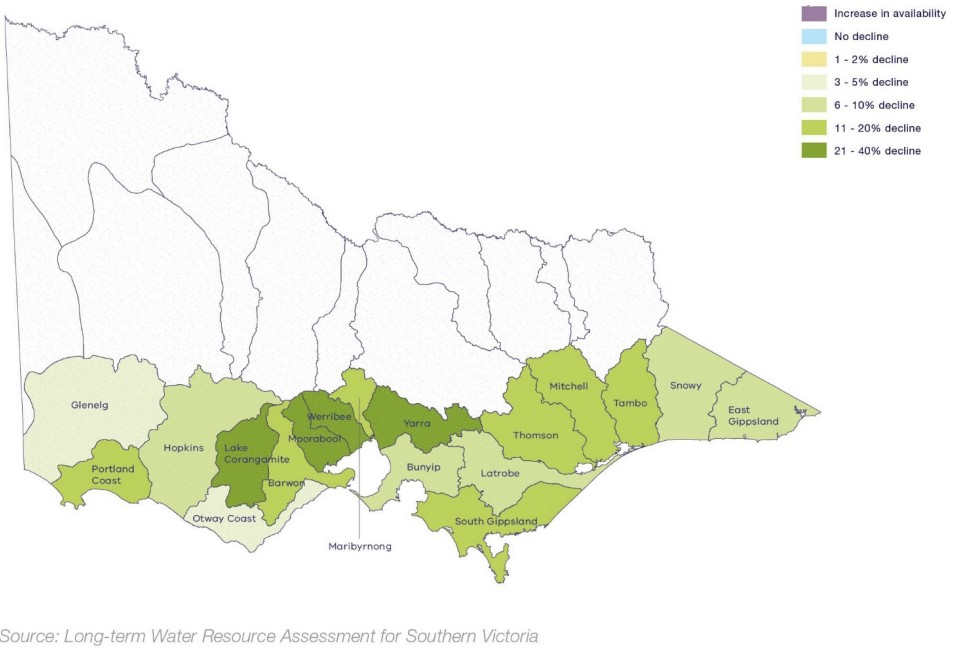How the environmental watering program considers climate change
The VEWH 10-year strategy sets out how its work will deliver on government policy directions and evolve the environmental watering program to adapt to key challenges, like less available water under accelerating climate change.
Victoria’s environmental watering program already adapts to variability as the VEWH works with partners to plan seasonal watering each year and target the most appropriate actions for the ‘boom and bust' cycles of floods, drought and everything in between.
Intensifying seasonal variability brings the importance of water for the environment into sharper focus.
Water is reserved for watering in drought in some systems and used in other years to seal the benefits of wet conditions and floods, which builds resilience in plants, animals and their ecosystems.
The statewide seasonal watering plan guides decisions for delivering water for the environment in the coming water year. It tells program partners, stakeholders and communities what to expect under different climate scenarios.
The VEWH and its program partners address the challenges of climate variability and climate change by:
- setting environmental watering objectives that describe the environmental outcomes that can be achieved under a range of climatic scenarios each year
- strengthening decisions about where and how water for the environment is used through our approach of working closely with people on the ground and listening, learning and adapting
- optimising environmental outcomes of operational water releases.
Page last updated: 30/04/25

